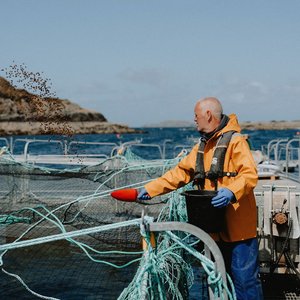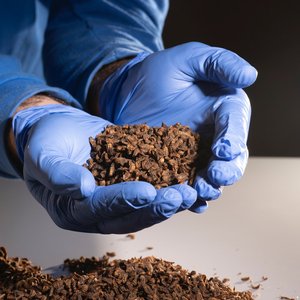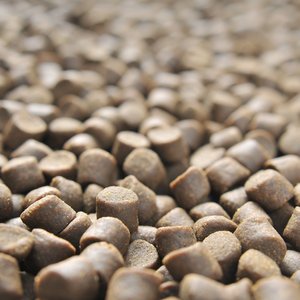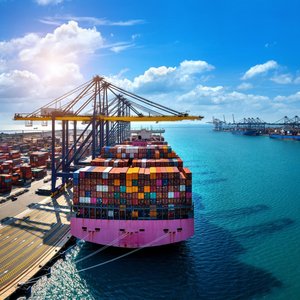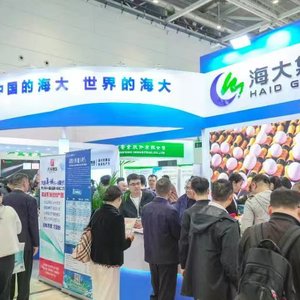An extensive collaborative project between Norwegian salmon producer Hofseth, data-analysis company Manolin and feed producer Cargill showed that data-driven delousing strategies led to major improvements in trout production.
Hofseth Aqua AS operates four R&D permits for Cargill Aqua Nutrition where feed concepts for rainbow trout are being developed. The permits are located in Storfjorden, east of Ålesund, in production area 5 in Norway.
From 2022 to 2023, the project achieved:
- 16% fewer mechanical delousing treatments
- 52% fewer bathing delousing treatments
- 70% reduction in treatment-related mortality
- 26% fewer starvation days
- Increase in revenue estimated to be around NOK 50 million
Dealing with the lice challenge at these locations has been demanding, and attempts have been made over time to optimize smolt production, find new locations and apply new technical equipment. Area and site analyses have contributed to a good structure for determining locations and positioning of facilities to ensure optimal farming conditions. Nevertheless, in 2022, it was recognized that there was a potential to improve the management of sea lice.
Therefore, Hofseth and Cargill began a project to reduce the number of delousings and reduce fish mortality. “It all started with the lice. Where did they come from? How do we succeed with our delousing? How could we establish a strategy and have performance targets that were easy to communicate and apply for the entire organization?" said Anders Marthinussen, Cargill's business developer for fish health in Norway.
The Norwegian Institute of Marine Research's model for the spread of salmon lice was amongst the starting points applied to gain a basic understanding of how various sites contribute to lice production in the fjord system throughout the year. The lice map showed that even with average values below the action thresholds, there were periods of high lice pressure in the fjord system.
“This knowledge was used to create an annual wheel for a lice strategy, based on preventive measures, control measures and treatment measures that could be performed with available tools. At the same time, the need to document both direct and indirect effects of the strategy became clear, and an analysis of operational data would be needed to be able to correct the course and possibly initiate change in the strategy," said Marthinussen.
Hofseth and Cargill therefore teamed up with Manolin, a company that develops the basis for data-driven decisions. In a previous project, Manolin and Cargill reviewed a large number of delousing operations and developed a method for auditing delousing results. This experience was now applied to conduct an analysis of the Hofseth sites.
"In this project, we developed a method that showed treatment results at site level, as well as which impact the choice of delousing method had on a number of productivity parameters for various fish groups. From this, we learned that in order to succeed, the focus had to shift from focusing on thresholds for taking action at the site, to establishing thresholds for lice levels in the fjord system," said Marthinussen.
An overall index for fish health, mortality and lice levels was established and revised on a weekly basis to provide a status of the entire fjord system. Each individual delousing was audited after the last day of treatment, then again after 30 days and after 90 days.
“What was perhaps immediately perceived as a good delousing could fall through if, for example, increasing mortality was observed afterward. This enabled us to identify critical periods and weeks when it was important to implement measures and highlight the effect of these,” said Marthinussen.
The annual cycle of the delousing strategy was then followed up with weekly revisions of the levels of lice pressure. Treatment results were ranked as less good, average, or good, which provided a basis for identifying the positive results and learnings from the less positive ones. Prioritization of actions taken on various sites was determined based on what was the best strategy overall.
“This project shows that analysis of structured data can reduce the lice challenge by enabling the right actions to be taken at the right time. When we share the results from this project, it is with the hope that other fish farmers can achieve similar improvements with a similar approach, and thereby contribute to meeting the overall health and welfare challenges facing the salmon industry,” said Sigurd Tonheim, strategic marketing and technology lead at Cargill Aqua Nutrition in Norway.
“This project not only demonstrates the power of targeted strategies and data-driven approaches but also establishes a new standard for sustainable aquaculture practices. The experience here can be a great example of what's possible and illustrates the potential when aquaculture expertise works with data intelligence,” said Tony Chen, co-founder of Manolin.
“In Hofseth, we are responsible and accountable for ensuring the health and welfare of our fish. This project shows that better decisions can be made by analyzing structured data in order to improve our sea lice management,” said Sven Amund Skotheim, fish health manager of Hofseth Aqua.
Hofseth, Cargill and Manolin will continue cooperating on this work also in 2024 and expect further improvements in fish health, fish welfare and increased productivity.



